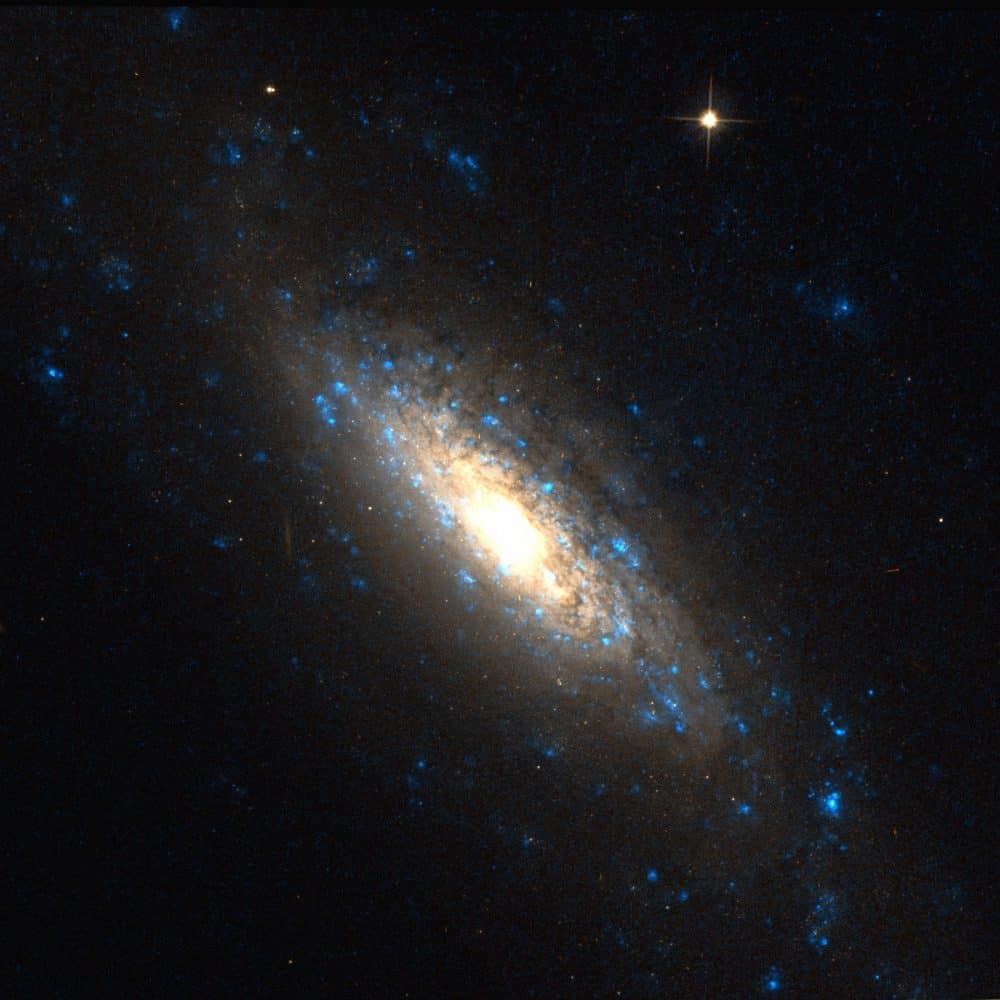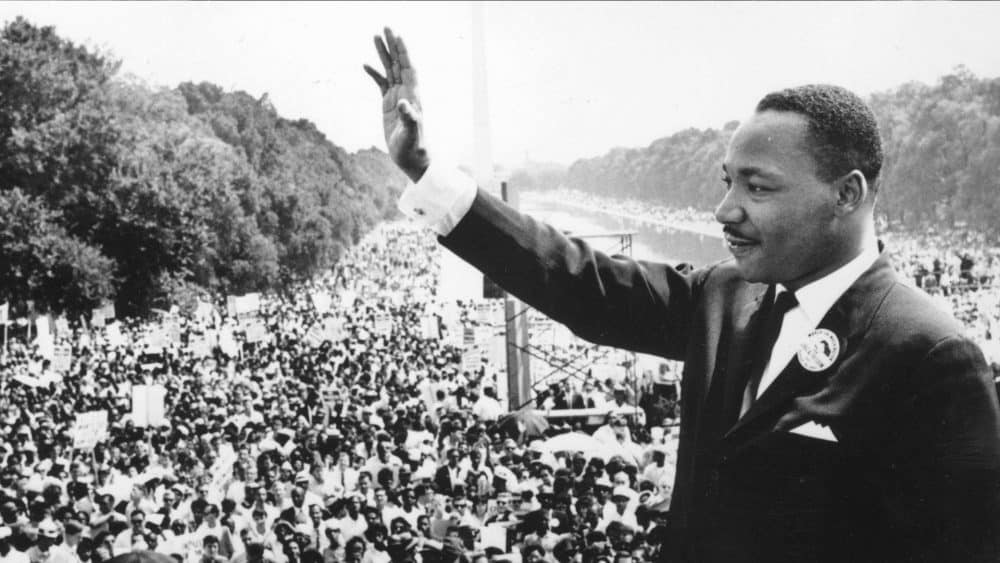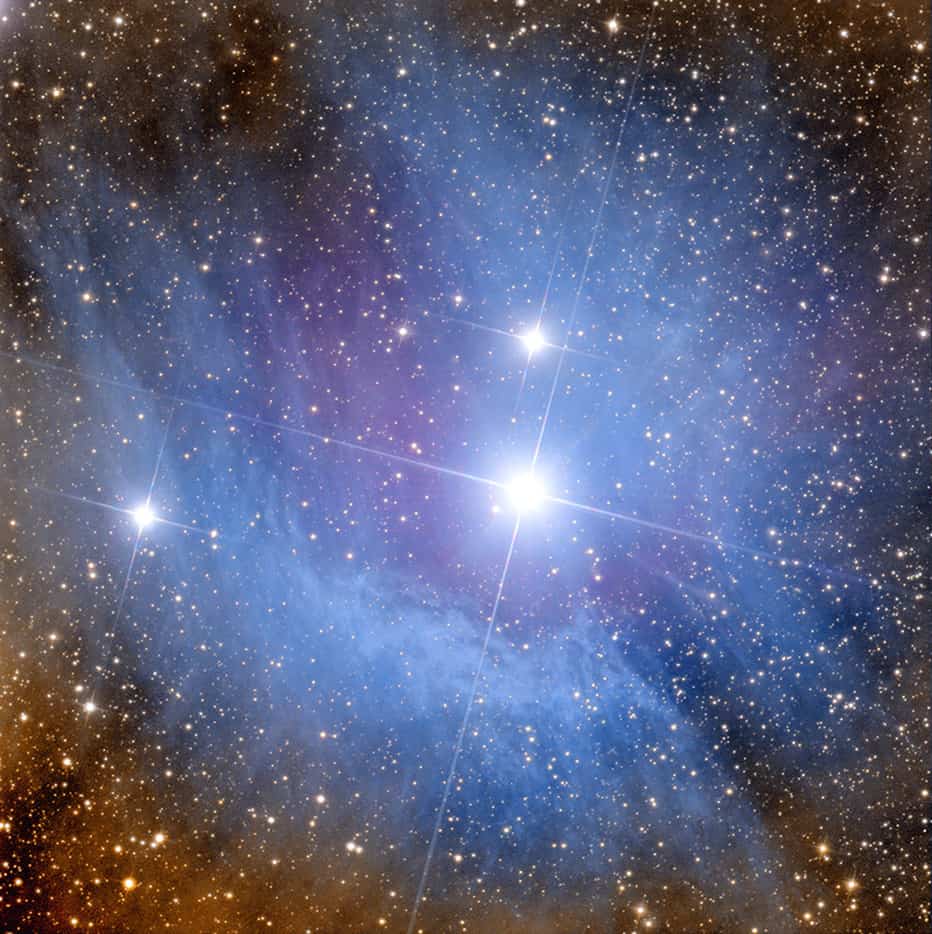Blog
Curtis Counce (January 23, 1926 – July 31, 1963) was an American hard bop and West Coast jazz double bassist.
Counce was born in Kansas City, Missouri and moved to California in 1945. He began recording in 1946 with Lester Young, and in the 1950s in Los Angeles with musicians such as Shorty Rogers, Stan Kenton, Shelly Manne, Lyle Murphy, Teddy Charles, and Clifford Brown. Counce formed his quintet in 1956 featuring tenor saxophonist Harold Land, trumpeter Jack Sheldon, pianist Carl Perkins and drummer Frank Butler. Elmo Hope replaced Perkins after his death at age 29 in 1958. Gerald Wilson replaced Sheldon on some recordings. The four albums originally released on Contemporary Records were reissued in 2006 on a double CD by Gambit Spain. Counce died in Los Angeles, California, of a heart attack.
https://www.youtube.com/watch?v=vugd351ggOY
more...Jean Reinhardt (23 January 1910 – 16 May 1953) stage name Django Reinhardt (French: [dʒãŋɡo ʁɛjnaʁt] or [dʒɑ̃ɡo ʁenɑʁt]), was a Belgian-born Romani-French jazz guitarist and composer, regarded as one of the greatest musicians of the twentieth century. He was the first jazz talent to emerge from Europe and remains the most significant.
With violinist Stéphane Grappelli, Reinhardt formed the Paris-based Quintette du Hot Club de France in 1934. The group was among the first to play jazz that featured the guitar as a lead instrument. Reinhardt recorded in France with many visiting American musicians, including Coleman Hawkins and Benny Carter, and briefly toured the United States with Duke Ellington‘s orchestra in 1946. He died suddenly of a stroke at the age of 43.
Reinhardt’s most popular compositions have become standards within gypsy jazz, including “Minor Swing“, “Daphne”, “Belleville”, “Djangology”, “Swing ’42”, and “Nuages“. Jazz guitarist Frank Vignola claims that nearly every major popular-music guitarist in the world has been influenced by Reinhardt. Over the last few decades, annual Django festivals have been held throughout Europe and the U.S., and a biography has been written about his life. In February 2017, the Berlin International Film Festival held the world premiere of the French film, Django.
Reinhardt was born on 23 January 1910 in Liberchies, Pont-à-Celles, Belgium, into a Belgian family of Manouche Romani descent.
more...from the group Refugees for Refugees
more...NGC 5879 is a spiral galaxy in the constellation Draco. The galaxy was discovered in 1788 by William Herschel. It is a member of the NGC 5866 Group. 52.5mly
more...Eberhard Weber (born 22 January 1940 in Stuttgart) is a German double bassist and composer. As a bass player, he is known for his highly distinctive tone and phrasing. Weber’s compositions blend chamber jazz, European classical music, minimalism and ambient music, and are regarded as characteristic examples of the ECM Records sound.
Weber began recording in the early 1960s, and released The Colours of Chloë (ECM 1042), his first record under his own name, in 1973. In addition to his career as a musician, he also worked for many years as a television and theater director. He has designed an electric-acoustic bass with an additional string tuned to C.
Weber’s music, often in a melancholic tone, frequently utilizes ostinatos, yet is highly organized in its colouring and attention to detail. He was an early proponent of the solid-body electric double bass, which he has played regularly since the early 1970s.
From the early 1960s to the early 1970s, Weber’s closest musical association was with pianist Wolfgang Dauner. Their many mutual projects were diverse, from mainstream jazz to jazz-rock fusion to avant-garde sound experiments. During this period, Weber also played and recorded with pianists Hampton Hawes and Mal Waldron, guitarists Baden Powell de Aquino and Joe Pass, The Mike Gibbs Orchestra, violinist Stephane Grappelli, and many others.
Starting with The Colours of Chloë, Weber has released 13 more records under his own name, all on ECM. The ECM association also led to collaborations with other ECM recording artists such as Gary Burton (Ring, 1974; Passengers, 1976), Ralph Towner (Solstice, 1975; Solstice/Sound and Shadows, 1977), Pat Metheny (Watercolors, 1977), and Jan Garbarek (10 recordings between 1978 and 1998).
https://www.youtube.com/watch?v=XDCvxm0FGKo
more...Samuel Cook (January 22, 1931 – December 11, 1964),known professionally as Sam Cooke, was an American singer, songwriter, and entrepreneur.
Influential as both a singer and composer, he is commonly known as the King of Soul for his distinctive vocals and importance within popular music. He began singing as a child and joined The Soul Stirrers before moving to a solo career where he scored a string of hit songs like “You Send Me“, “A Change Is Gonna Come“, “Wonderful World“, “Chain Gang“, “Twistin’ the Night Away“, and “Bring it on Home to Me“.
His pioneering contributions to soul music contributed to the rise of Aretha Franklin, Bobby Womack, Al Green, Curtis Mayfield, Stevie Wonder, Marvin Gaye, and Billy Preston, and popularized the likes of Otis Redding and James Brown.AllMusic biographer Bruce Eder wrote that Cooke was “the inventor of soul music”, and possessed “an incredible natural singing voice and a smooth, effortless delivery that has never been surpassed”.
On December 11, 1964, at the age of 33, Cooke was shot and killed by Bertha Franklin, the manager of the Hacienda Motel in Los Angeles, California. After an inquest, the courts ruled Cooke’s death to be a justifiable homicide. Since that time, the circumstances of his death have been called into question by Cooke’s family.
Cooke was born Samuel Cook in Clarksdale, Mississippi, in 1931. In 1957 he added an “e” at the end of his name to signify a new start to his life. He was the fifth of eight children of the Rev. Charles Cook, a minister in the Church of Christ (Holiness), and his wife, Annie Mae. One of his younger brothers, L.C. (1932–2017), later became a member of the doo-wop band Johnny Keyes and the Magnificents.
https://www.youtube.com/watch?v=6kYEmlkhWlA
more...James Louis Johnson (January 22, 1924 – February 4, 2001) was an American jazz trombonist, composer and arranger.
Johnson was one of the earliest trombonists to embrace bebop.
After studying the piano beginning at age 9, Johnson decided to play trombone at the age of 14. In 1941, he began his professional career with Clarence Love, and then played with Snookum Russell in 1942. In Russell’s band he met the trumpeter Fats Navarro, who influenced him to play in the style of the tenor saxophonist Lester Young. Johnson played in Benny Carter‘s orchestra between 1942 and 1945, and made his first recordings in 1942 under Carter’s leadership, recording his first solo (on Love for Sale) in October 1943. In 1944, he took part in the first Jazz at the Philharmonic concert, presented in Los Angeles and organized by Norman Granz. In 1945 he joined the big band of Count Basie, touring and recording with him until 1946.
more...
IC 4605 is a reflection nebula visible in the constellation Scorpio .
It is located in the northern part of the constellation, just over 1 ° north of the red star Antares ; it is a part of the gas of the Cloud of Rho Ophiuchi that appears illuminated by the radiation of the star Scorpii , also known as HD 148605, a young blue star of main sequence of spectral class B3V. The intensity of the radiation received from the gases is insufficient to ionize its molecules, so the cloud is limited to reflect the light of the star, also appearing blue in color. The physical link between the star and the Cloud by Rho Ophiuchi is also proven by the measurement of its parallax , which places the Scorpii at a distance of about 121 parsecs (393 light years ), comparable to that of the cloud itself.
Few first northeast of the star extends one of the two major strands of the Cloud of Rho Ophiuchi, cataloged as LDN 1689; this cloud houses some very studied young star objects , among which the IRAS infrared source 16293-2422, coinciding with a multiple star in formation, stands out.
more...Richard Pierce “Richie” Havens (January 21, 1941 – April 22, 2013) was an American singer-songwriter and guitarist. His music encompassed elements of folk, soul, and rhythm and blues. He had an intense and rhythmic guitar style (often in open tunings), played soulful covers of pop and folk songs, and opened at the 1969 Woodstock Festival.
As a youth in Bedford-Stuyvesant, Havens began organizing his neighborhood friends into street corner doo-wop groups and, at age 16, was performing with the McCrea Gospel Singers.
At age 20, Havens left Brooklyn, seeking artistic stimulation in Greenwich Village. “I saw the Village as a place to escape to, in order to express yourself,” he recalled. “I had first gone there during the beatnik days of the 1950s to perform poetry, then I drew portraits for two years and stayed up all night listening to folk music in the clubs. It took a while before I thought of picking up a guitar.”
Havens’ solo performances quickly spread beyond the Village folk circles. After cutting two records for Douglas Records, he signed on with Bob Dylan‘s manager, Albert Grossman, and landed a record deal with the Verve Folkways (later Verve Forecast) label. Verve released Mixed Bag in late 1966, which featured tracks such as “Handsome Johnny” (co-written by Havens and actor Louis Gossett Jr.), “Follow”, and a cover of Bob Dylan‘s “Just Like a Woman“. Havens released his first single, “No Opportunity Necessary”, in 1967.
https://www.youtube.com/watch?v=PWXj_cEzDmU
more...Steven Dirk Gilmore (born January 21, 1943, Trenton, New Jersey) is an American jazz double-bassist.
Gilmore picked up bass when he was twelve years old and played locally in Philadelphia as a teenager. At age 17 he enrolled at the Advanced School of Contemporary Music, run by Oscar Peterson, and later in the 1960s played with Ira Sullivan and the Baker’s Dozen Big Band. He joined Flip Phillips‘s group in 1967 and remained with Phillips until 1971, after which he worked with Al Cohn and Zoot Sims, Mose Allison, The Thad Jones/Mel Lewis Orchestra, Phil Woods, Richie Cole, and the National Jazz Ensemble. In the 1980s he played with John Coates, Meredith D’Ambrosio, Dave Frishberg, Hal Galper, Tom Harrell, and Toshiko Akiyoshi, as well as with Woods; he and Woods would remain collaborators into the 1990s. In 1988 he began working with Dave Liebman, with whom he would work intermittently through the late 1990s. Other associations in the 1990s included Carol Sloane, Susannah McCorkle, Bill Charlap, and Jim Hall.
more...Fird Eaglin, Jr. (January 21, 1936 or 1937 – February 18, 2009), known as Snooks Eaglin, was an American guitarist and singer based in New Orleans. In his early years he was sometimes credited under other names, including Blind Snooks Eaglin, “Lil” Snook, Ford Eaglin, Blind Guitar Ferd.
His vocal style was reminiscent of that of Ray Charles; in the 1950s, when he was in his late teens, he sometimes billed himself as “Little Ray Charles”. He played a wide range of styles of music within the same concert, album, or even song: blues, rock and roll, jazz, country, and Latin. In his early years, he also played acoustic blues.
His ability to play a wide range of songs and make them his own earned him the nickname “The Human Jukebox.” Eaglin claimed in interviews that his musical repertoire included some 2,500 songs.
At live shows, he usually did not prepare set lists and was unpredictable, even to his bandmates. He played songs that came to him on stage, and he also took requests from the audience.
Eaglin lost his sight not long after his first birthday, having been stricken with glaucoma, and spent several years in the hospital with other ailments. Around the age of five he received a guitar from his father and taught himself to play by listening to and playing along with the radio. A mischievous youngster, he was given the nickname “Snooks” after a radio character named Baby Snooks.
more...María Dolores Flores Ruiz (21 January 1923 – 16 May 1995) better known as Lola Flores was a Spanish singer, dancer, actress. She was born at number 45, Sol Street, in the “barrio de San Miguel”, quarter of Jerez de la Frontera. Lola Flores was the eldest of three children, born to Pedro Flores Pinto (1897-1973) from La Palma del Condado (Huelva) and Rosario Ruiz Rodriguez from Sanlúcar de Barrameda (Cádiz). Lola Flores was not a gypsy, although her maternal grandfather, Manuel, who was a street vendor was half-gypsy, and her husband Antonio González el Pescaílla, a gypsy guitarist from Barcelona.
more...“For to be free is not merely to cast off one’s chains, but to live in a way that respects and enhances the freedom of others.”
Nelson Mandela
more...More Posts
- SUPPORT UKRAINE Dakh Daughters
- Daily Roots Mighty Diamonds
- Cosmos H-Alpha
- Joey Defrancesco
- Omar Sosa
- Bunny Wailer
- Hayedeh
- Claude Bolling
- FREE UKRAINE World Music DakhaBrakha
- Daily Roots Turbulence
- Cosmos Mars-Saturn Conjunction
- Steve Gadd
- Carl Perkins
- Reuben Wilson
- Mance Lipscomb
- STOP THE WAR World Music Alina Pash
- Daily Roots with Luciano
- Cosmos Hale-Bopp
- Julian Lennon
- Paul Jeffery




